US-Sport
NFL: The Giants: Risk instead of chaos
The New York Giants are facing a very interesting season: it could have been the beginning of the upheaval with a new coaching staff, instead they decided in the Big Apple for Saquon Barkley – and for the idea of the still open title window. But can the offense reach a level within a year that justifies these ambitions? What about Odell Beckham? And how quickly will the G-Men get back on track?
For any franchise, the end of last season, as it happened in New York, would have been “chaotic”. In and around the Giants, however, the situation seemed even more serious, as if the shock were a little greater; given the stability and calm that the Giants normally exude, the chaos seemed even more dramatic. All in all, the events were too serious.
There was the inglorious dismantling of Eli Manning for a game, Safety Landon Collins, who publicly called first-round cornerer Eli Apple an “ulcer”, apparently clear disputes between coaches and several defensive backs and of course ultimately the dismissals of head coach Ben McAdoo and CEO Jerry Reese – to name just a few of the highlights.
The result of a desolate season, in which Odell Beckham’s early injury-related season out – in addition to McAdoo’s general mistakes – was the sporting starting shot for the disaster, was a record of three wins and 13 defeats and the first top 5 draft pick for the Giants since 2004, the year Eli Manning (via Philip Rivers) came to New York.
Is it time for the next radical change? Not quite, as it turned out in the following months. The Giants remain in win-now mode – and yet (or better: that’s why) the offense on the field could look completely different than in previous years. Probably to the extent that the team can wear them again.
The Giants have had run-blocking problems for years now, and have been average over the last four years at best – rather worse. During this period New York didn’t have a lot of superstars in the backfield either, but the bigger problems were primarily to be found in the line.
This also extended to passport protection. Although Eli Manning, together with Oaklands Derek Carr, got the ball away fastest (2.4 seconds) and of all the quarterbacks with at least 128 pass attempts only four had a lower Average Intended Air Yards value than Manning (7.6), he had to fight again and again with fast hurries and fast sacks.
Especially the left side around Ereck Flowers wobbled again and again, the average 3.01 seconds to the bag were the fastest value in the league. And so it comes as no surprise that the new Giants regime directly made the broad cuts here: Nate Solder was brought to New York with a lot of money and in addition Will Hernandez was drafted early in the second round – the left side of the Giants line should be much more stable and dominant in the run game.
All this presupposes, however, that the decisive piece of the puzzle of (almost) every NFL team makes its contribution. Many experts had advised the Giants to use the unusually high draft position in an unusually well-placed quarterback draft class for the quarterback of the future. As we know, the Giants chose Running Back Saquon Barkley instead, making it clear to everyone: “We are convinced that we can still win titles with Eli Manning.
It will be up to Pat Shurmur to live up to it.
The Giants’ offense has been perhaps the most predictable unit in the entire NFL in recent years. New York played McAdoo 73 and 62 percent of his snaps in the shotgun, both times clearly above league average. Above all, however, an absurd 92 percent of the 2016 Giants Offense snaps came from 11-personnel (league average: 60 percent).
It was an offense that was very extremely designed to give Odell Beckham space. When he broke his fibula last October, the Giants-Offense collapsed completely. Even if McAdoo tried a lot: There was a drastic drop from 11-personnel to 54 percent and thus below the league average (59 percent).
In turn, 12-personnel, i.e. 2 tight-end formations, rose from five to 19 percent. But the Giants also led the league in 10-personnel (no tight end, four wide receivers) in 2017 – with 13 percent, with a league average of two percent for this formation!
All this will change under the new head coach Pat Shurmur. Shurmur, who conducted one of the schematically best offenses in Minnesota last season, was also much more balanced in the formations. 2-TE sets, for example, were an important part of his schema – just like motion, covert releases from stack formations and superbly coordinated routes.
With Engram, the Giants have a move tight end that came to 200 in-line run-blocking snaps – but more than that will be used as a matchup player. Ellison should continue to play a much bigger role as a blocker in the coming season, but in general the two tight ends will be an important part of making the offense more difficult to calculate.
The offense should be more difficult to predict for defenses, but as simple as possible for the own team to implement. “He wants to keep things simple, I like that,” Manning recently praised the NFL Network. “He doesn’t make things unnecessarily complicated and it’s a lot of fun in training, just like in review. We have a good connection and we’re on the same wavelength.”
A central aspect when it comes to making defenses more difficult to work? A better ball distribution. In 2016 an incredible 25 percent of Manning’s passes flew in the direction of Odell Beckham according to Pro Football Focus – Vikings quarterback Case Keenum did not throw more than 10 percent of his passes to any other player in the pre-season. Even without Beckham, Manning was fixed on a few targets, which also suggests a scheme deficit; 18.9 percent of his passports flew to Evan Engram, while Sterling Shepard was used very one-dimensional.
All these things are supposed to change. Shepard, if the first training impressions are used as an indication, should get more outside-snaps. More players should be more intensively involved in the passing game. And Manning will add more downfield elements to his repertoire. “I now had significantly more long passes than in previous years,” Manning last provided insights into the training sessions, “and every quarterback likes that.
And yet Manning also knows what has struck the hour. Besides Joe Flacco, Manning was the only predicted starting quarterback for Week 1 whose DVOA values dropped below 30 percent in 2017 without pressure – an alarming value and a clear indication of an individual crash.
Page 1: Unusual chaos, familiar problems – and what will change?
Page 2: Does Barkley transform the Giants? And what does Odell Beckham do?


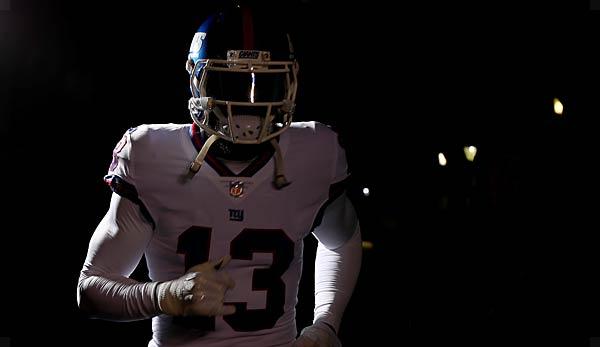

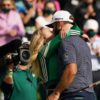
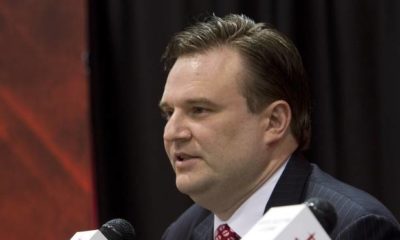
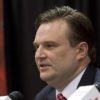
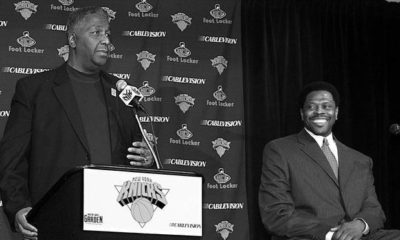
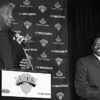


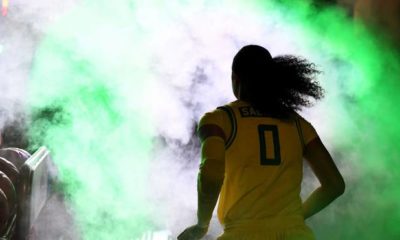
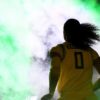



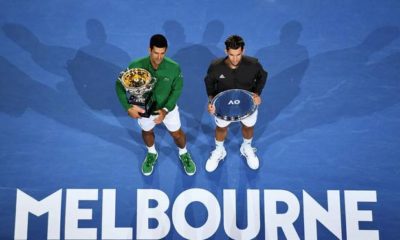

You must be logged in to post a comment Login